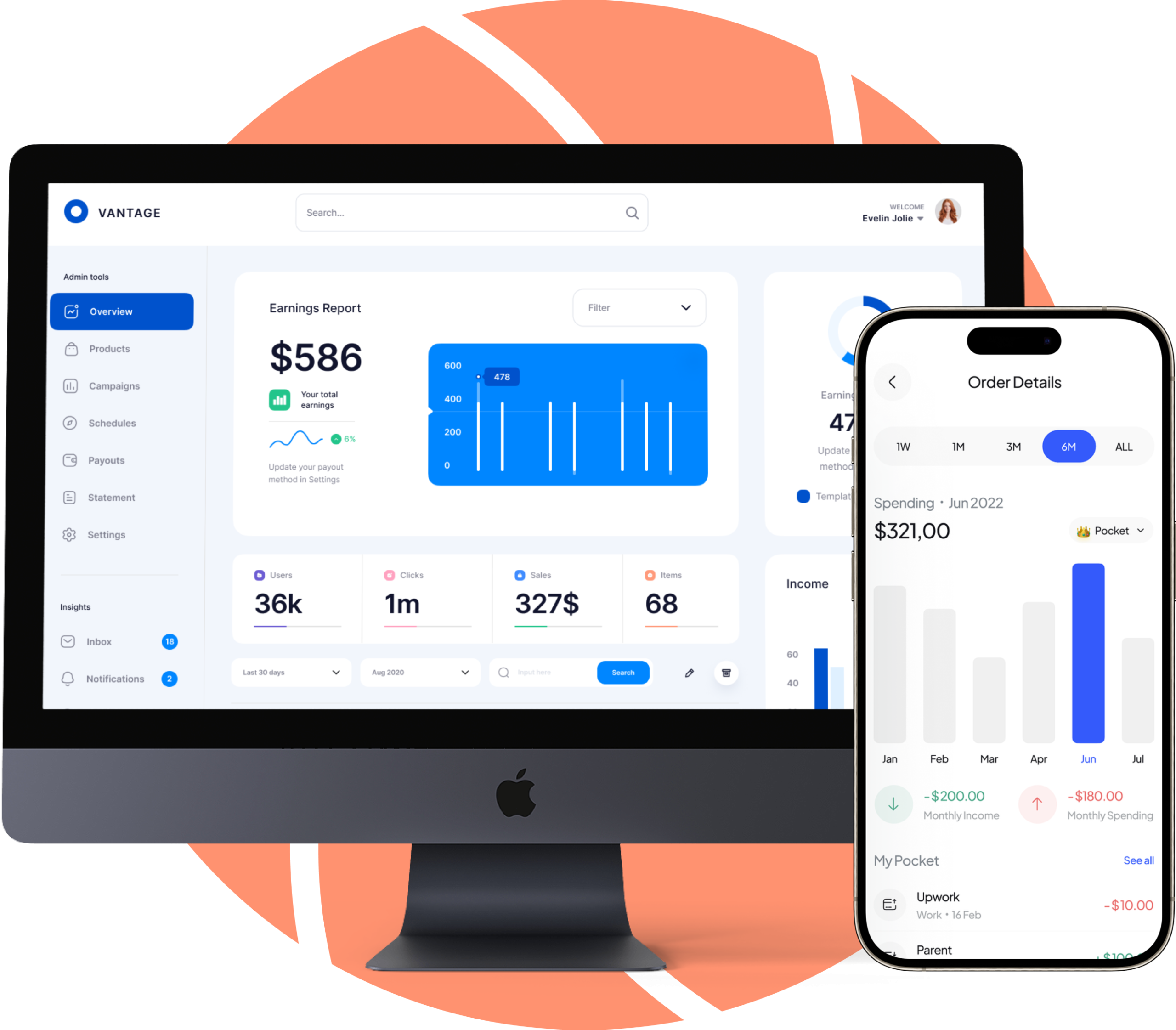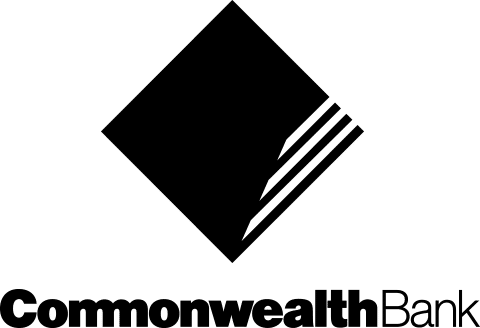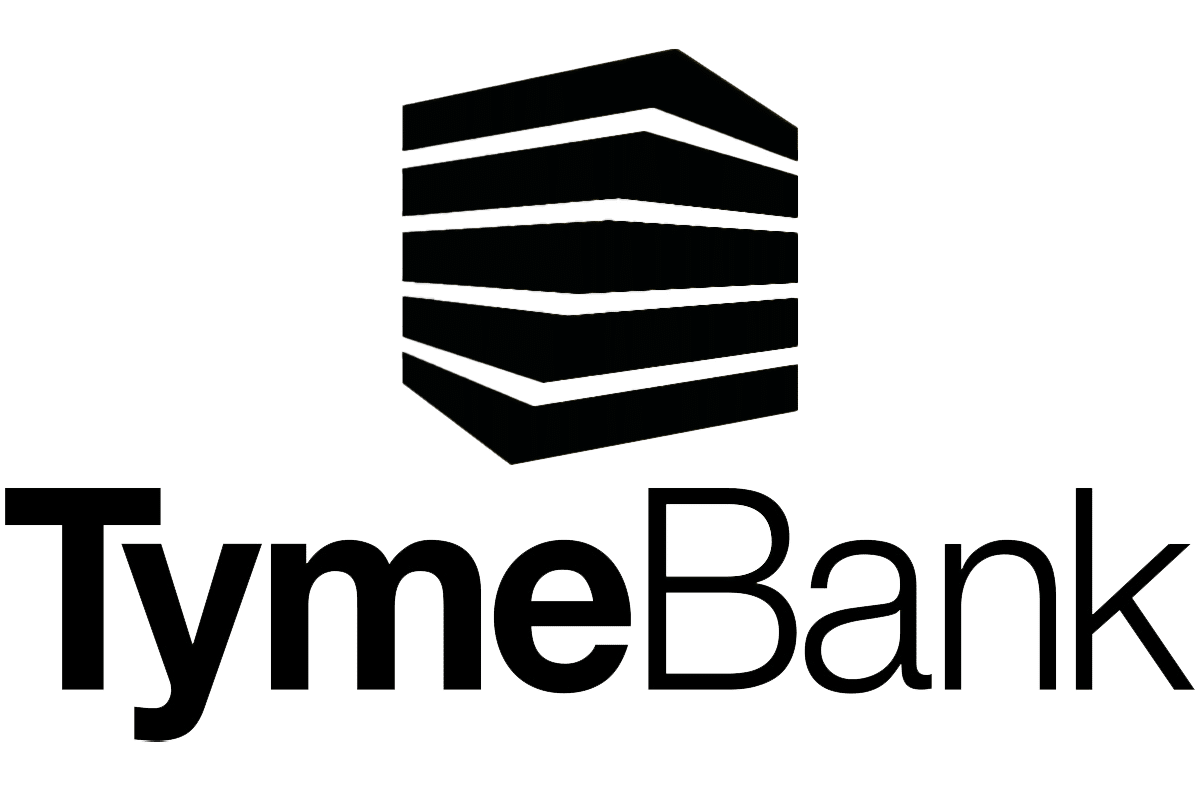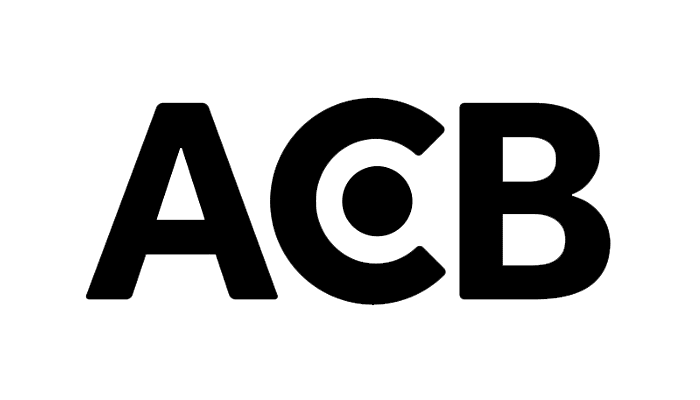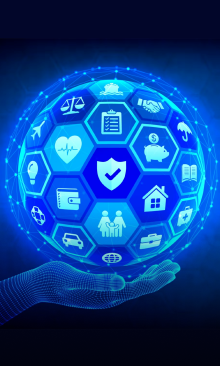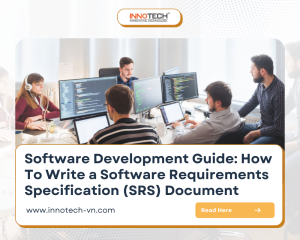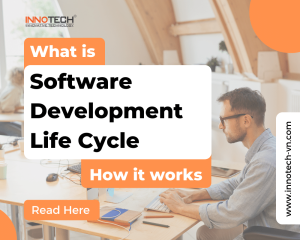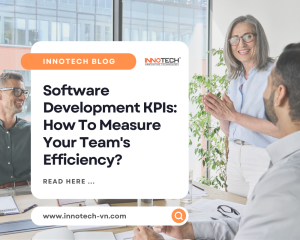Measuring your software development team's performance using software metrics is a necessary step toward achieving the software goals.
People who have measurable goals are 33% more likely to achieve them than those who don't. In technical processes like software development, it's important to set goals so that the development team can meet your needs.
Key performance indicators, or KPIs, are a useful means to hold yourself responsible to the goals you establish in highly technical work environments.
The suitable software development KPIs can help you analyze the team's efficiency and provide you relevant insights that are critical to creating improvements. KPIs are extremely useful when working with a remote team or outsourcing team.
We'll go through the various software development KPIs and their business significance in this post.
What Is a Software Development KPI?
When it comes to setting a productive and efficient workflow, some teams still rely on their personal feelings. Unfortunately, this kind of thought may lead to a lot of unforeseen failures, especially when setting goals and monitoring progress.
By having clearly defined goals and a strategy for achieving them, the team may avoid making these mistakes. The KPIs aid the team in assessing and planning for their efficiency and productivity.
KPIs (key performance indicators) are metrics used to evaluate a company's overall performance. In software development, KPIs are used to measure how closely your software development activities are aligned with your business goals.
In most cases, key performance indicators are used to assess the number of lines of code, commits, and deployments. These, on the other hand, aren't particularly accurate and don't present any actual goals. Setting KPIs for software development relies heavily on the quality of the metrics.
Why Are Metrics Important In Software Development?
Creating software development KPIs that align with objectives and team members ensures high-quality software. The following are some of the advantages of setting defined KPIs before starting the process:
Help project managers, especially those using the Agile methodology, find, prioritize, track, and discuss any problems and possible ways to improve team results.
Keep stakeholders updated on the progress of software development projects, effectively manage their workflow, and estimate the rate of future development.
Save money since you don't have to make further adjustments or hire additional staff to ensure that the tasks.
In the end, implementing KPIs enhances overall team/developer performance, resulting in a higher return on investment (ROI).
How Many KPI Categories?
Overall, there are five categories of software development metrics:
1. The formal code metrics are used to assess the code's quality. They include lines of code, instruction route length, complexity, and the whole development process.
2. Software developer productivity metrics are used to assess the time and effort required to complete a project.
3. The test metrics help evaluate a product on its overall quality. How good the tests are can be judged by how well they cover everything. You can check out these information when conducting a software test:
Whether or not the software passed all the tests;
Percantage of overall test coverage;
Statements in the program have been executed?
Branching control structures have been executed?
Lines of source code have been reviewed?
Defined functions were used?
4. The operational metrics of software are used to evaluate the stability and maintenance efficacy of their systems.
5. Customer satisfaction metrics allow businesses to assess how happy their consumers are with their software.
Related Articles: OFFSHORE SOFTWARE DEVELOPMENT RATES: OVERVIEW AND GLOBAL REPORT BY REGIONS IN 2022
Which KPIs Metrics Should You Use To Measure Your Software Development Project Efficiency?
A. Software Developer Productivity
1. Velocity
It's a measure of how much work a development team can do in a single sprint. Generally speaking, the higher the team's velocity, the more effective it is. Because of this, you can get a sense of how productive your team is.
A number of jobs performed, ideal days or story points may all be used to measure a team's velocity. In order to get a sense of the average velocity of a development team, you'll need at least three sprints. Although the metric is a valuable indicator of the team's production, it does not take into account individual performance or the level of customer satisfaction.
2. Sprint burnout
Sprint burnout is a more specific statistic that measures the volume of work done in a particular sprint or iteration. It gives more information than a velocity estimate, which is based on a series of average values.
3. Release burnout
This KPI measures the progress of the release. It aids software development teams in determining if they are on time, ahead of plan, or falling behind schedule. It is a helpful indicator for keeping clients updated on the progress of early or delayed releases.
4. Cycle time
A task's cycle time is the amount of time it takes to complete it. It is a tool for measuring the efficiency of the software development process. Cycle time also helps in calculating how long it will take your software team to complete upcoming activities in the future.
5. Code coverage
It's a code quality metric that supports test-driven development and continuous delivery. The testing process defines how much of the source code is really executed. The higher the code coverage, the better the development progress.
6. Code stability
Using code stability, you may see how even small changes to the software affect your business's objectives. Changing a few lines of code should not have a significant impact on the entire program. Code stability is the percentage of deployed code causing downtime.
7. Code simplicity
Another critical KPI in software development is code simplicity. There are numerous methods to quantify code simplicity. Generally speaking, with basic code, the testing and maintenance processes will be a lot easier.
8. Code churn
This statistic refers to the frequency of code modifications and measures code stability. If the code is developed in such a way that it has to be rewritten every time to accommodate new features, then it’s high maintenance and high risk.
B. Software performance metrics
During the software quality assurance process, these are the measurements and parameters that are used. In software development projects, software performance metrics allow the team to detect and solve problems as soon as possible. You can easily find them in these processes: management, debugging, performance and costs calculation
1. Throughput
Velocity and throughput are comparable, but throughput is more in detail. It quantifies the number of features, tasks, bugs, and other activities that have been performed during a given period of time. Project managers can see how their team members are spending their time and how much work they have to do.
2. Response time
This is the amount of time between sending a request to the server and getting the last byte back from the server.
3. Reliability
This indicator measures how likely it is that the software will deliver the expected result at any given moment. It includes tools for avoiding, detecting, and fixing software errors. A reliable software development program won't keep giving incorrect data. Instead, it should seek to repair it, or at the very least, isolate and report it.
4. Availability
This is a measure of how likely it is that the software will be operational when needed. In other words, it's a measure of how much of the software is really working compared to the whole period of time it should be. The software's high-end availability features allow it to operate even when there are errors. In most cases, they isolate the problem area and continue to operate at a reduced capacity. Less-skilled computers can also malfunction and become inoperable.
5. Serviceability
This relates to how easily and quickly a software system may be serviced or repaired. This metric allows you to detect problems more quickly and accurately. When a problem arises, certain software systems are set up to immediately contact a support center. When it comes to the metric, the goal is to make sure that the correct repair operations are carried out with as little impact on normal service as feasible.
C. Defect metrics
One of the most frustrating aspects of being a software developer is dealing with issues that arise when the final product does not meet expectations. Therefore, the software development tester has to track and remove as many bugs as possible. In order to fulfill the high standards of software quality, developers use a set of metrics to evaluate their efforts while dealing with inconsistencies and problems.
1. Percentage of software defects discovered
Code defect detection efficiency is another name for this metric, which assesses the effectiveness of the testing team. To measure this, you can divide the number of errors detected before the software release by the total number of errors (including those found by customers after release).
2. Vulnerability
Measures the extent to which a software development system's deficiencies can be exploited by an attacker to gain access outside the system's bounds or carry out illegal operations. The more vulnerable the software is, the greater the security issues it faces.
3. Actual security incidents
This statistic measures the number of times a software system has been broken in order to obtain access, disclose, modify, or destroy data without authorization. Security incidents can lead to hacked user accounts, loss of service, theft, etc. As a critical metric, it allows you to determine how secure your software is and suggests possible mitigation strategies.
4. Mean time to detect defects
When we talk about the "mean time to identify flaws," we're referring to how long it usually takes to discover a bug in software. It's the time between when a problem happens and when the DevOps team notices it. Software development professionals must attempt to lower its value, since a longer MTTD may lead to longer downtime. This may affect other business drivers and customer satisfaction.
5. Mean time to repair
KPIs such as MTTR (mean time to repair) are also important. It refers to the time between detecting an issue and implementing an effective solution. The lower the MTTR number, the better the development team's ability to resolve software security vulnerabilities.
Setting Up Software Development KPIs According To Industry Standards
It is important to keep each metric oriented on a single aim or target. The software development team may need to report more bugs or speed up the completion of a task.
There are several ways to build a metric. You can set it as the target metric by default, or use it to track the progress of the entire process. Having a number that reflects the development process helps a lot in analyzing the trend.
You can use metrics to monitor changes in your process on a regular basis (weekly, for example).
With various measurement intervals, it is possible to track the project's growth accurately. Teams may have a better grasp of what tasks the development team is spending time on.
Stop using software development KPIs if they don't help you achieve your team's objectives. It implies that you've picked indicators that aren't in line with the project's objectives or aren't relevant to it at all.
Hold regular meetings and talks to discuss about metrics. These meetings can assist the software development team in finding ways for boosting the performance of their daily operations.
If you apply too many metrics, you'll become lost in the sea of data and lose sight of your goal. Instead, focus on a small number of well-chosen indicators that can give a wealth of information.
Related articles: TOP 7 SOFTWARE DEVELOPMENT OUTSOURCING CHALLENGES AND HOW TO AVOID THEM
Bottom Lines
KPIs (Key Performance Indicators) are used in the programming process to assist managers prioritize and create goals for the team. For this reason, integrating key performance indicators aids in streamlining procedures and making them more successful.
A well-chosen indicator can assist in the software development operations that are optimized for the product success. It equips you with the information you need to make well-informed decisions and put those decisions into action.
With the expertise of the software developers at Innotech, you will get the finest outcomes imaginable. In addition, we can assist you in controlling development costs and delivering software that meets or exceeds KPIs in terms of quality.
If you are looking for a software development team who can meet all your high expectations, contact us now!
 Custom AI Model Development
Custom AI Model Development
 AI Software Outsourcing
AI Software Outsourcing
 AI Strategy & Implementation
AI Strategy & Implementation
 AI System Integration
AI System Integration



